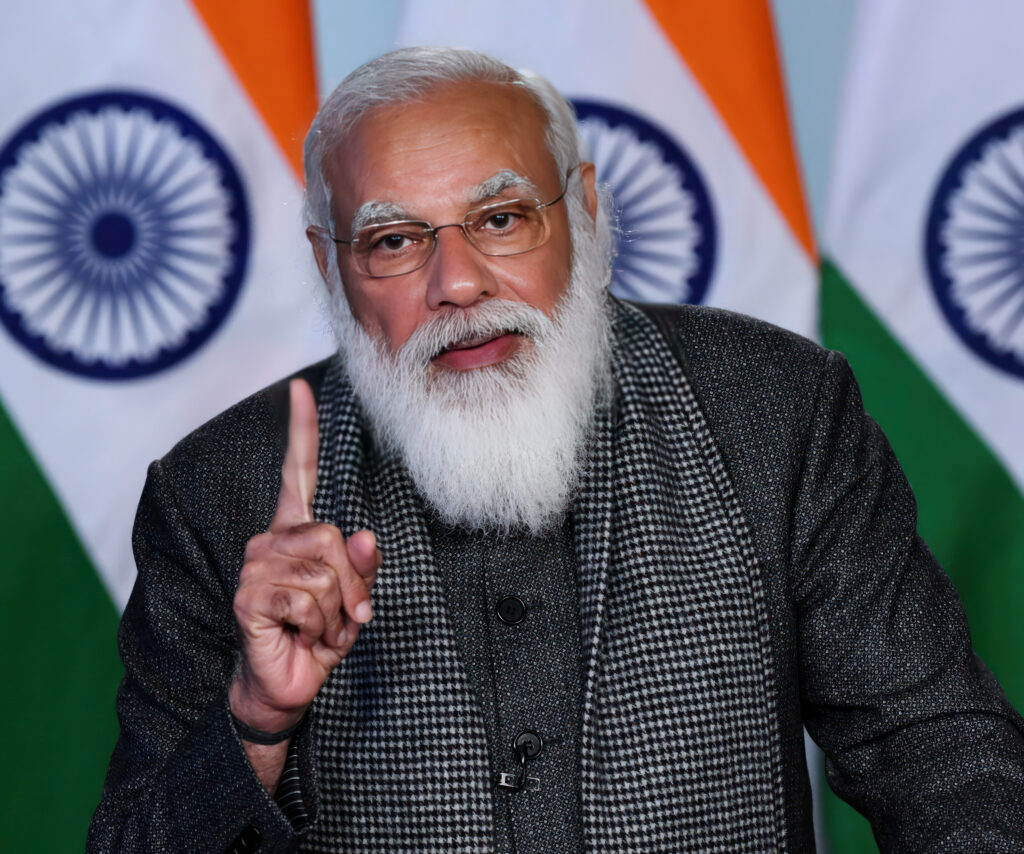Prime Minister Narendra Modi has announced a landmark initiative that will see ₹10,000 transferred directly to the bank accounts of 75 lakh women in Bihar. This announcement, made during a public event in Patna, is expected to bring a significant boost to rural incomes and further the government’s vision of women-led development.
This initiative is part of the government’s ongoing efforts to empower women economically, reduce poverty, and strengthen financial inclusion. The move comes at a crucial time, with Bihar continuing to focus on improving literacy, healthcare, and self-employment opportunities for women.
🎯 Key Objectives of the Scheme
The scheme has been launched with the aim of achieving several important outcomes:
- Women’s Financial Empowerment: Direct cash support will help women gain greater control over household decisions.
- Boost to Rural Economy: Increased disposable income will lead to higher spending in local markets, supporting small businesses.
- Poverty Alleviation: The funds can be used to meet basic needs, pay off debts, or invest in education and healthcare.
- Entrepreneurship Support: Women will have the option to invest in small businesses, cattle rearing, or micro-enterprises.
👩👩👧 Who Will Benefit?
The scheme targets 75 lakh women beneficiaries across Bihar. Priority groups include:
- Women from below poverty line (BPL) families.
- Members of self-help groups (SHGs).
- Widows, single mothers, and women-headed households.
Funds will be credited to Jan Dhan Yojana bank accounts, ensuring direct benefit transfer (DBT) without middlemen.
💰 How the Transfer Will Work
The government will release the money in two phases:
- First Phase: ₹5,000 will be transferred in September 2025.
- Second Phase: Another ₹5,000 will be credited in January 2026.
This phased approach allows women to plan their spending effectively and ensures better monitoring of fund utilization.
📈 Economic Impact on Bihar
Injecting ₹7,500 crore into Bihar’s economy will have a multiplier effect:
- Local Market Growth: Increased cash flow will lead to higher demand for goods and services in rural areas.
- Better Education & Healthcare: Families may prioritize school fees, nutrition, and medical care.
- Reduced Dependence on Informal Credit: With direct cash support, women are less likely to take loans from moneylenders at high interest rates.
Economists predict this initiative could raise Bihar’s rural household spending by nearly 20% over the next six months, improving living standards across the state.
🗣️ Prime Minister’s Vision
Speaking at the event, PM Modi emphasized that women are the backbone of India’s progress:
“When we empower women, we empower families, communities, and the nation. This ₹10,000 support is not just financial aid – it is an investment in the dreams and aspirations of Bihar’s women.”
He also urged beneficiaries to consider using the funds to start small businesses, adopt digital payment systems, and participate in local entrepreneurship programs.
🌍 Social and Political Significance
The announcement carries both economic and political weight. Women make up nearly half of Bihar’s electorate, and this scheme is expected to strengthen their participation in the state’s development process.
Social activists have welcomed the move, calling it a step toward inclusive growth, but have also stressed the need for skill training, infrastructure development, and market linkages to ensure long-term empowerment.
🔍 Comparison with Other States
Similar schemes have already been implemented in states like:
- Madhya Pradesh: Ladli Behna Yojana, offering monthly cash transfers.
- Tamil Nadu: Magalir Urimai Thogai scheme, providing basic income support to women heads of households.
By introducing a large-scale DBT scheme in Bihar, the central government is aiming to create a national model for women’s economic empowerment.
⚠️ Challenges in Implementation
While the initiative is promising, some challenges need to be addressed:
- Banking Access: Some rural areas still face connectivity issues, which could delay transfers.
- Financial Literacy: Beneficiaries need guidance on productive use of funds.
- Monitoring: Proper tracking is necessary to ensure money is not misused and reaches the right beneficiaries.
The government has announced a real-time monitoring dashboard to track fund disbursement and impact, ensuring transparency.
🏁 Conclusion
The decision to transfer ₹10,000 to 75 lakh women in Bihar is a bold and progressive step that can transform rural households. By directly supporting women, the government is fostering economic independence, social security, and grassroots development.
If implemented successfully, this initiative could serve as a template for nationwide programs, helping India move closer to its vision of becoming a developed country by 2047, with women at the heart of its growth story.

